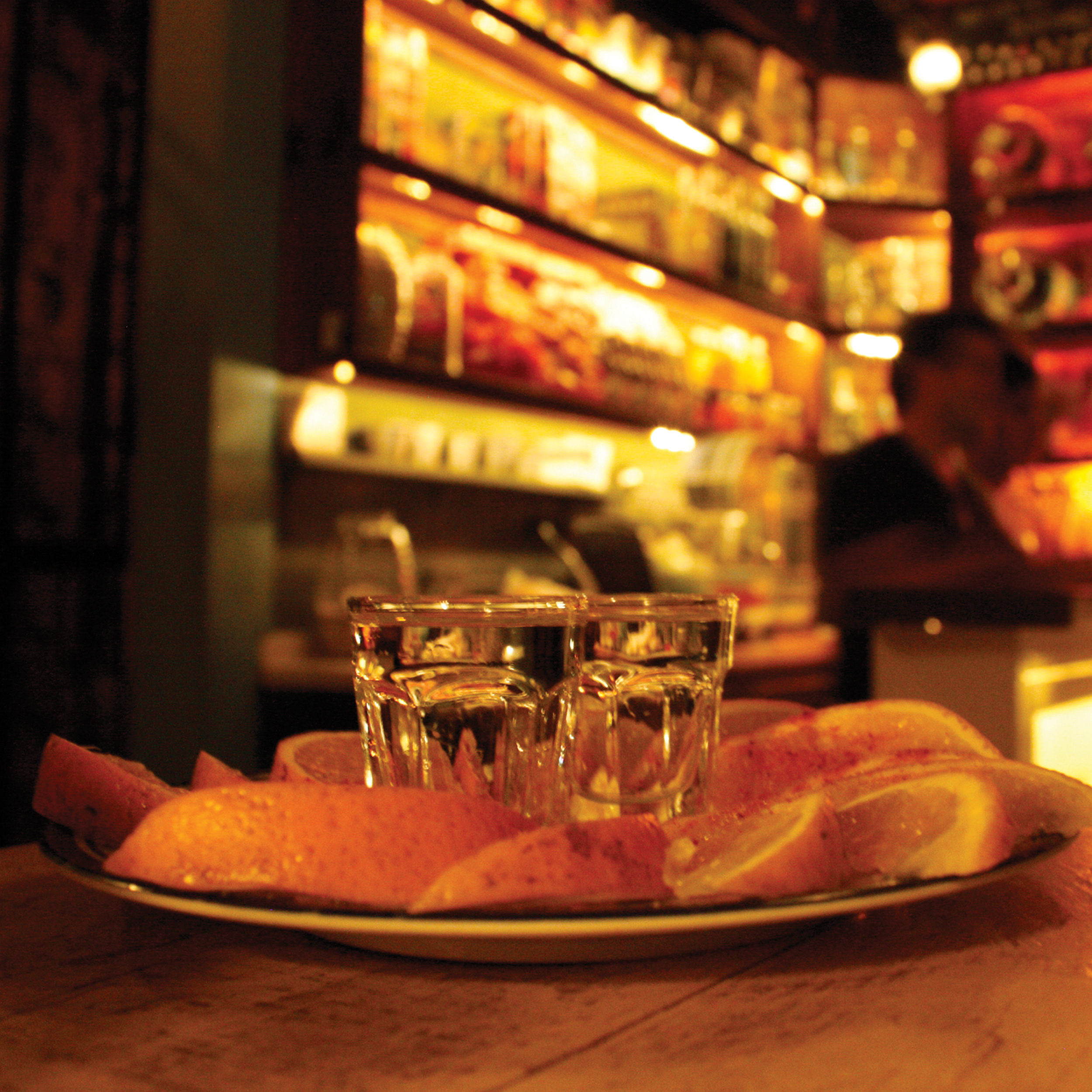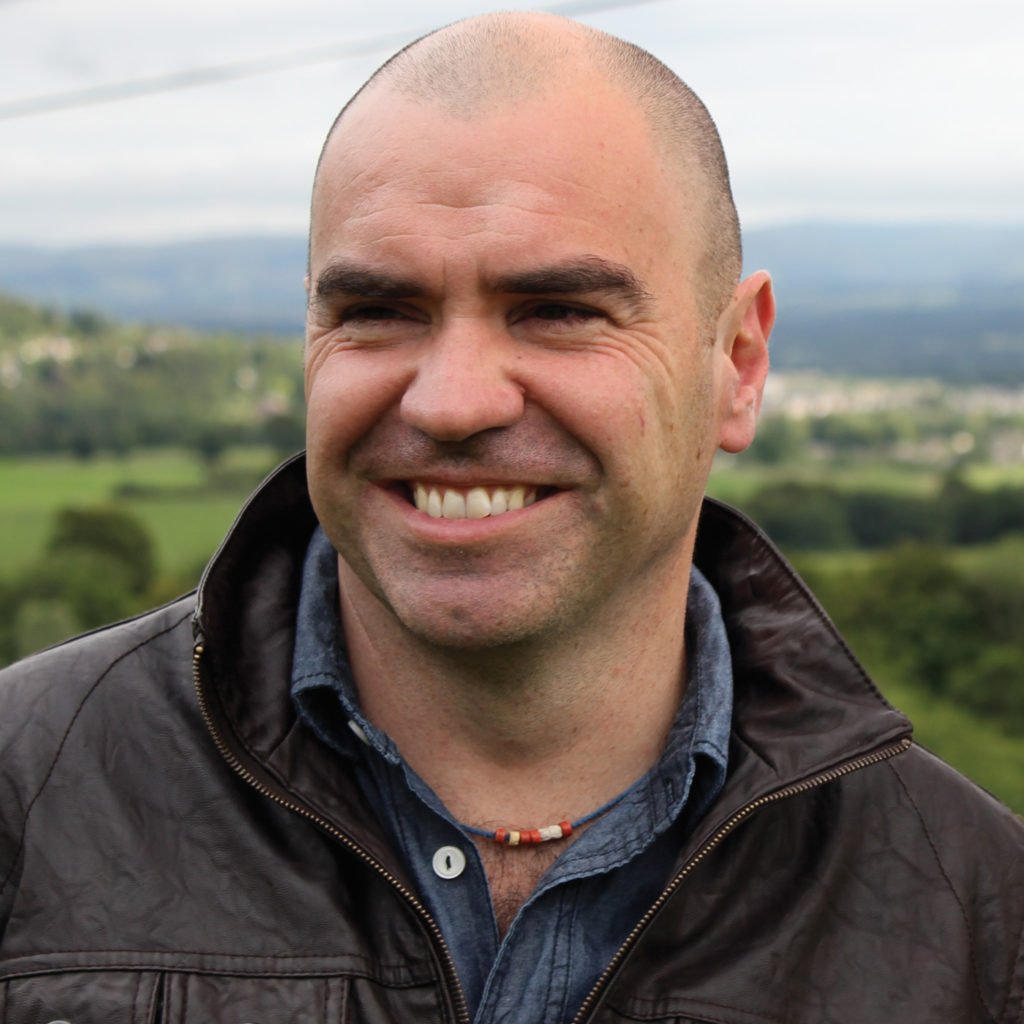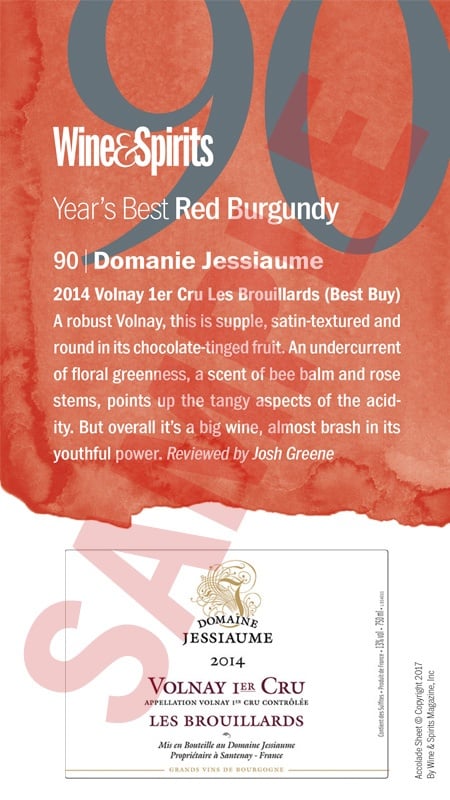When daydreaming of a trip to Mexico, most people I know conjure up images of seaside hammocks under palapas, Tequila cocktails at the ready, the warm sun rendering your brain and body wonderfully floppy, like the family pet lounging in the sunniest spot in the house.
That mental image…
To read this article and more,
subscribe now.
To continue reading without interruption, subscribe and get unlimited digital access to our web content and wine search.
This story appears in the print issue
of June 2013.
Like what you read? Subscribe
today.
















